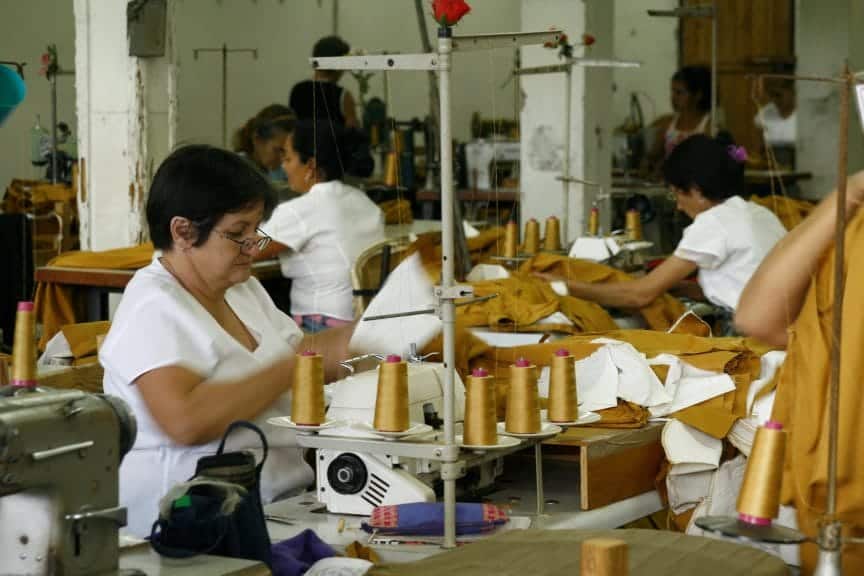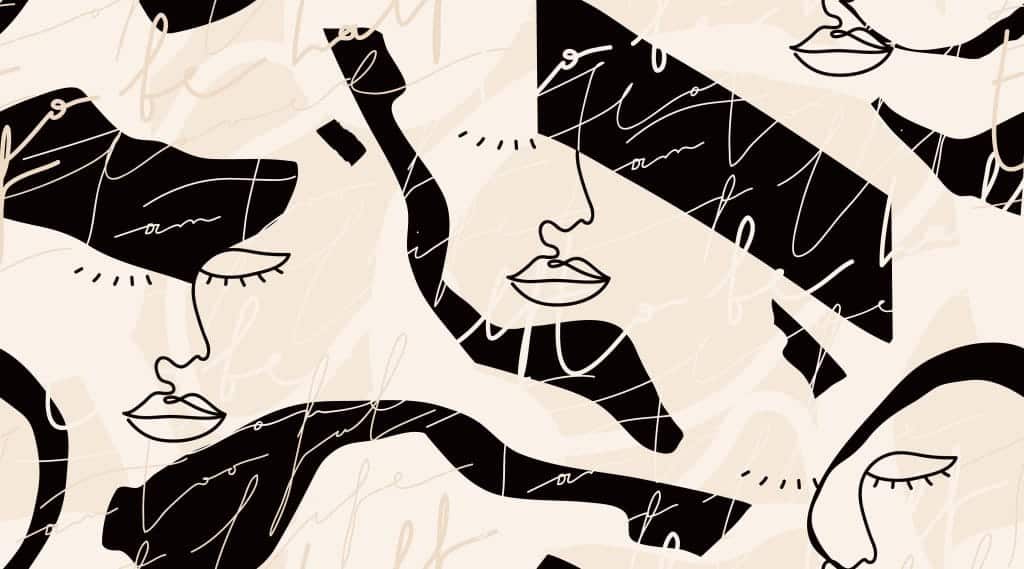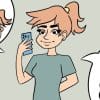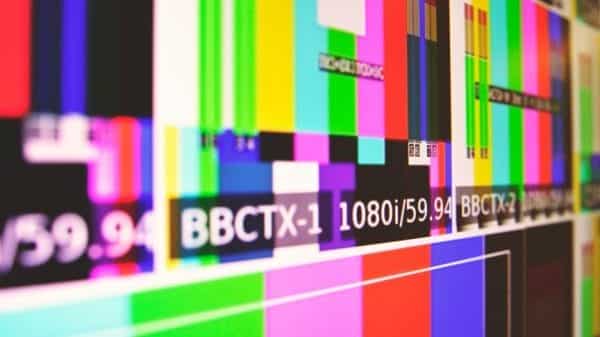From deciding trends to driving demand, today’s young consumers play a pivotal role in shaping the beauty and fashion industries. But from the pitfalls of fast fashion and extreme beauty standards to the toxic lifestyle ideals shared via influencers on social media, young Gen-Z and Gen Alpha audiences are navigating a contradictory culture of mixed messages that affect their mental health.
The dynamics of consumerism have shifted for young Gen-Z and Gen-Alpha audiences in an era dominated by technological connectivity and social media prominence. No longer passive recipients of beauty and fashion messages, today’s youth are active participants with significant buying power and influence over the direction of the industries they engage with.
Gen-Z and Gen Alpha are at the forefront of shaping what’s relevant and what is decisively not, from viral TikTok beauty hacks to Instagram fashion hauls.
However, amidst this newfound empowerment lies a complex web of challenges and contradictions.
Fast fashion, with its emphasis on cheap, disposable clothing, has perpetuated unsustainable consumption patterns, contributing to environmental degradation and ethical concerns. Simultaneously, the relentless promotion of unattainable beauty standards on social media platforms has led to social scandals including the Sephora Kids saga, a culture of over-consumption and adverse mental health effects from chronic self-comparison.

The Good
Beauty and fashion serve as powerful tools for self-expression and identity formation among young consumers, allowing them to express their individuality, creativity, and sense of belonging to various subcultures and communities.
The influence of young people, as a demographic with significant purchasing power, drives demand, shapes market trends, and stimulates economic growth and vitality, leading to increased sales and revenue for businesses that cater to their preferences. Additionally, the digital nature of youth consumer culture has increased avenues for e-commerce and digital marketing, providing more opportunities across industries.
Youth consumer culture has prioritized inclusivity and diversity in beauty and fashion. Progressive brands that offer diverse and inclusive options resonate with young consumers, who seek products and experiences that reflect their unique identities and values.
Youth consumer culture also advocates for more representation and visibility of diverse body types, skin tones, gender identities, and cultural backgrounds in advertising, marketing campaigns, and product offerings. They are also increasingly concerned about the environmental and ethical implications of their fashion and beauty purchases and are willing to invest in products that align with their values and contribute to positive social and environmental impact.
Their inclination towards ethical and sustainable products has incentivized businesses to adopt more responsible practices, prioritizing sustainability, ethical sourcing, and transparent supply chains, fostering innovation and driving investment in environmentally friendly and socially conscious initiatives.
The result is an increase in sustainable fashion brands that use eco-friendly materials, minimize waste, and promote ethical labor practices, as well as clean beauty brands that offer natural, cruelty-free, and environmentally-conscious skincare and makeup options.
The Bad
While youth consumer culture brings about many positive aspects, it also harbors some negative implications.
Leading beauty and fashion trends often emerge from the youth, with young consumers leading the way in adopting and popularizing new styles, aesthetics, and beauty standards. Social media platforms like Instagram, TikTok, and YouTube play a significant role in disseminating trends and influencing youth fashion and beauty preferences.
As a result, influencers, celebrities, and content creators in the beauty and fashion space wield considerable influence over young consumers, shaping their purchasing decisions and aspirational lifestyles.

Platforms like Instagram, TikTok, and YouTube can often promote unrealistic beauty ideals, which may lead to low self-esteem and adverse mental health effects for young users.
The pressure to conform to these standards can also result in harmful behaviors such as excessive spending on beauty products and cosmetic procedures, as well as poor material and consumerism practices.
In early 2024, reports of children rudely overrunning Sephora and its employees in pursuit of costly beauty and anti-aging products created an uproar on the TikTok Platform.
Additionally, influencers, celebrities, and content creators play a significant role in perpetuating these unrealistic beauty standards and consumerist behaviors. Their curated and often unattainable materialistic lifestyles showcased on social media platforms can fuel feelings of inadequacy and drive young consumers to engage in excessive spending and consumption.
As influencers utilize hauls and buying-focused content to promote certain products and endorse particular brands, they contribute to the commodification of beauty and fashion, further exacerbating the pressure to conform to societal standards of beauty and success.
The Ugly
Despite its allure, youth consumer culture has increased issues within the beauty and fashion industry which is already marked by harmful practices and negative indulgences.
One of the most pressing issues is the prevalence of fast fashion and its detrimental impact on the environment and labor conditions. Fast fashion encourages a culture of overconsumption and rapid turnover of clothing items, leading to excessive waste and pollution. Moreover, many fast fashion brands rely on exploitative labor practices, with workers facing low wages, unsafe working conditions, and long hours.
In addition to environmental and ethical concerns, youth consumer culture promotes hyper-consumerism by fostering a collective mindset of instant gratification and materialism among Gen-Z and Gen Alpha audiences, detracting from more meaningful pursuits and values.
The constant pressure to keep up with ever-changing trends and maintain a certain image often results in financial strain, as young consumers feel compelled to spend beyond their means to stay relevant and accepted within their peer groups.

Despite the efforts to mitigate negative social, ethical, and environmental practices with the promotion of diversity and sustainability initiatives, consumer culture within the beauty and fashion industry continues to face challenges. More effort is required by consumers altogether to address these ongoing issues and work towards a more ethical, inclusive, and sustainable future.
Young people as growing consumers can lead the shift by actively participating and investing in change, which will pave the way for a better tomorrow.













